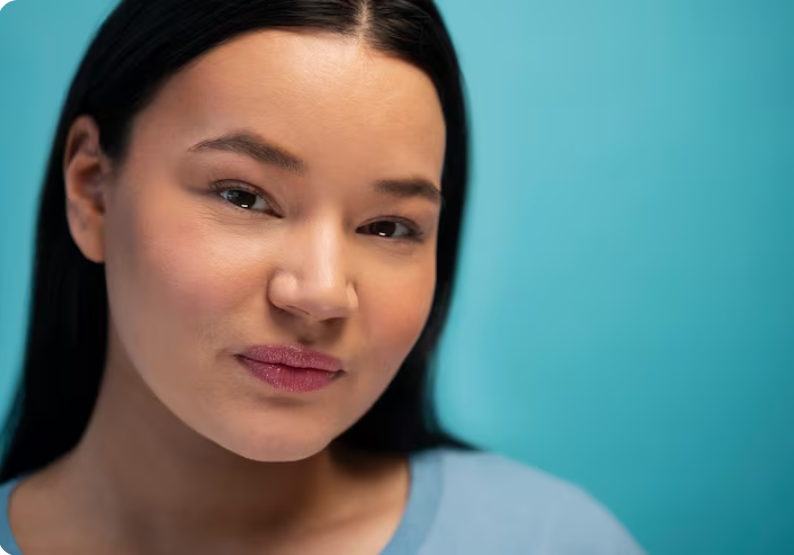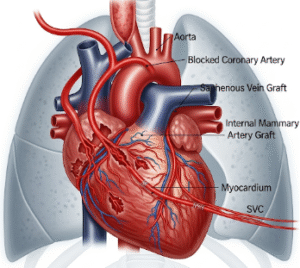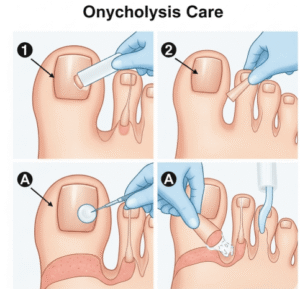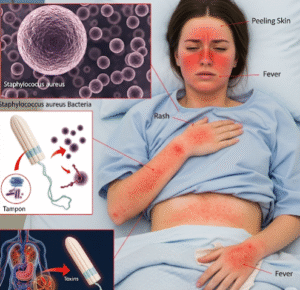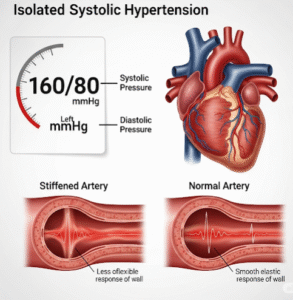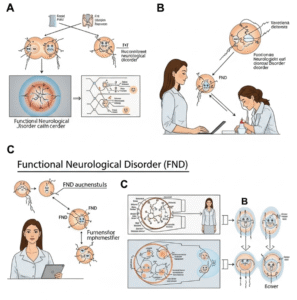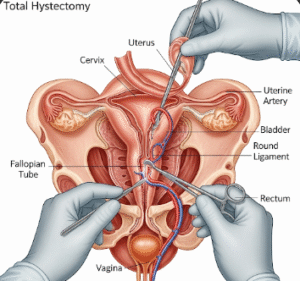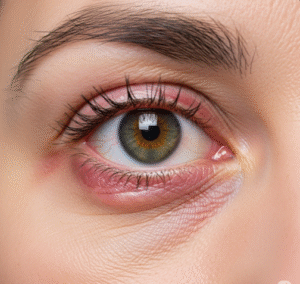What It Is
A nasolabial fold fat graft is a cosmetic procedure that uses the patient’s own fat to fill deep smile lines (nasolabial folds) that run from the sides of the nose to the corners of the mouth. These folds deepen with aging, loss of facial volume, or repeated facial expressions, making the face look older and more tired.
In Korea, nasolabial fold fat grafting is performed with microfat or nanofat injection techniques to restore smoothness and youthfulness to the mid-face while maintaining natural facial movement.
Why It’s Done
Patients choose nasolabial fold fat grafting because:
- Deep folds create a tired or aged appearance.
- They want a natural and longer-lasting alternative to dermal fillers.
- Fat grafting also improves skin texture and elasticity due to stem cell activity in fat.
- It can be combined with other procedures like facelift, cheek fat grafting, or lip augmentation.
Good candidates include:
- Individuals with moderate to severe nasolabial folds.
- Patients with enough donor fat (from abdomen, thighs, or hips).
- Those in good health with realistic expectations.
Alternatives
- Dermal fillers (hyaluronic acid, calcium hydroxylapatite, etc.): Provide immediate results but temporary (6–18 months).
- Thread lifting: Lifts mid-face tissues but does not add volume.
- Facelift or midface lift: Surgically reduces fold depth while repositioning tissues.
- No treatment: Suitable if folds are mild and not bothersome.
Preparation
Before nasolabial fold fat grafting in Korea, patients will:
- Have a consultation and facial evaluation.
- Stop smoking and alcohol 2–4 weeks prior to surgery.
- Avoid blood-thinning medications and supplements.
- Arrange short downtime for swelling and bruising.
How It’s Done
- Anesthesia: Local anesthesia with sedation or general anesthesia if combined with other surgeries.
- Harvesting: Fat is collected via liposuction from donor areas (abdomen, thighs, or flanks).
- Processing: Fat is purified using centrifugation or filtration.
- Injection: Fat is injected into the nasolabial folds in fine layers using microcannulas.
- Duration: 1–2 hours, usually outpatient.
Recovery
- First week: Swelling, bruising, and mild soreness at donor and injection sites.
- Return to activities: Most patients resume normal routines in 2–3 days.
- Final results: Folds appear smoother and softer within 1–2 months as swelling settles; results are long-lasting, though some fat resorption may occur.
Possible Complications
- Partial fat resorption requiring touch-ups.
- Asymmetry or irregular contour.
- Small lumps or nodules under the skin.
- Infection (rare with sterile technique).
- Donor site irregularities.
Treatment Options in Korea
Diagnosis
Korean surgeons use facial analysis, digital photography, and 3D simulations to assess fold severity and create a customized grafting plan.
Medical Treatments
- Dermal fillers for patients who want a temporary, reversible option.
- Topical treatments and skin rejuvenation therapies for minor improvements.
Surgical or Advanced Therapies
- Fat grafting as a natural, long-lasting solution.
- Combination with facelift or thread lifting for more advanced facial aging.
- Microfat or nanofat techniques for smoother integration and skin quality enhancement.
Rehabilitation and Support
- Post-procedure instructions for swelling management.
- Scar care for donor sites if needed.
- Follow-up visits to check fat survival and symmetry.
- International patients benefit from Korea’s expertise in precision fat grafting, natural aesthetic focus, and advanced medical technology.

